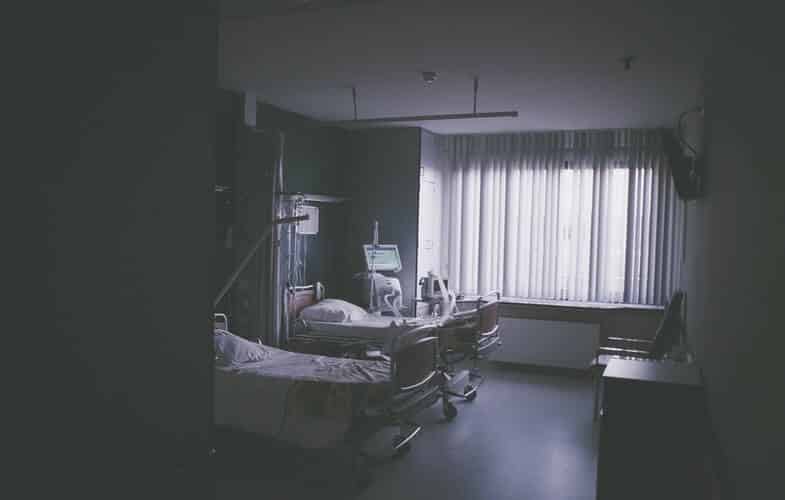As we saw in Part 1, the health department followed protocol in the St Basil’s case by designating all staff and management of the nursing home as coronavirus close contacts. This led to a full stand-down of staff on 22 July and a new roster taking over for a planned 14 days.
What Happened at St Basil’s Nursing Home?
The hand-over was described as “chaotic” by the inquiry, and they weren’t being metaphorical. Many St Basil’s staff had not been told they were to be stood down and were openly hostile on the morning of the 22nd. The inquiry describes them as “very distressed at being forced to leave residents in the care of staff who did not understand their needs or the home’s systems and routines.”
They were right to be. Some of the new supervisory staff were not themselves qualified to work unsupervised, and much of the workforce they were supervising had never worked in health or aged care before. In fact, most spoke little English, a complication compounded by the fact that St Basil’s residents were Greek and Serbian speakers with little English themselves.
The agency staff had to handle not only regular aged care tasks including feeding, lifting, toiletting and bathing elderly and often immobile or severely ill residents. They also had to manage infection and quarantine, personal protective equipment, and emotional support for isolated and distressed residents confined to their rooms.
These challenges could perhaps have been accommodated, but what is truly inexplicable is that staffing supplied was based on the normal staff-to-resident ratio, in unproblematic times, with experienced staff. This is a major undervaluing of the accumulated skill and experience of the existing staff, though it sadly conforms with the broader ideology of casualisation and deskilling of the labour force.
Media reports during this period – 22 to 27 July – spoke of relatives’ distress at not being able to contact their loved ones or receive news about them. Yet the facts were far worse than that.
Staff in many cases didn’t even know who was who in each room. Returned coronavirus test results couldn’t be matched to the right residents.
Some were given incorrect medication. One was injected with insulin without food, then had to be rushed to hospital. Others didn’t receive their medication, because it was stored in locked cabinets and the new managers didn’t have the keys. When an ambulance arrived to evacuate a Covid-positive resident, staff couldn’t find the key to open the door to the loading dock.
Residents quarantined in their rooms were left for hours with leftover food. Some spent days without being showered and slept in soiled beds. The Chief Medical Officer, who visited on 24 July, said, “I’ve never seen anything as appalling as this in Australia…in terms of health care provided to Australians.”

From 24 – 27 July, two-thirds of residents had to be evacuated to hospitals. Many were confused, distressed, shouting and crying, with no idea about what was happening after having spent weeks confined to their rooms. The inquiry drily calls this “aerosol generating behaviour” that increased the risk of coronavirus infection at the receiving hospitals.
By 31 July, the remaining residents had been hospitalised. Ultimately, 48 out of the 117 residents died, and 94 were infected.
It is unclear whether there will be legal repercussions for this disaster. As the inquiry makes clear, “The immense challenges that arose, during the three days after the stand down of St Basil’s staff, was predicted by those who opposed it.” Presciently, the Andrews government had recently approved “industrial manslaughter” laws that make corporate negligence a criminal offence, and the laws came into effect on 1 July 2020.
That may be the ultimate endpoint of the St Basil’s calamity. Then again, perhaps the most striking part of the whole affair is that all the major decisions were, in the inquiry’s words, “consistent with public health policy at that time.”